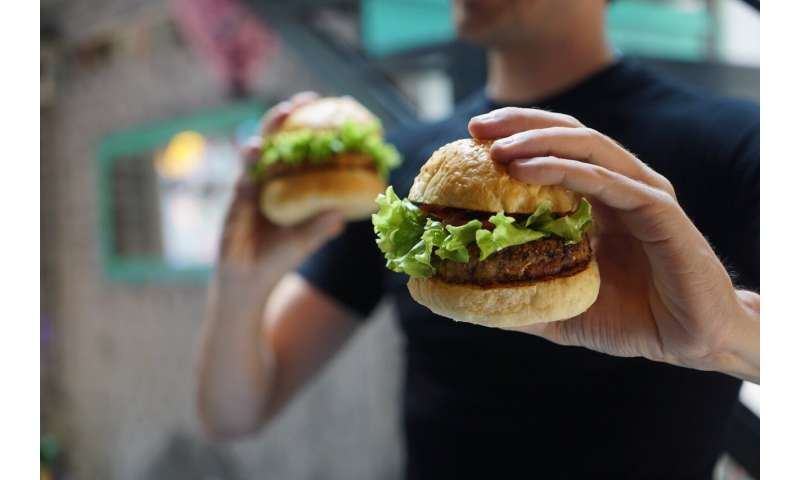Junk food marketers found targeting children on social media without repercussions


In Australia and around the world, junk food companies are targeting children on social media.
In our new study, we found most major social media platforms have restrictions on the advertising of tobacco, alcohol and gambling to children.
But there are hardly any such restrictions in place around junk food.
Children are exposed to junk food marketing everywhere
Globally, we’ve seen persistent calls to protect children from exposure to the marketing of unhealthy food and drinks.
This recognizes the harmful effects of junk food marketing on children.
While some governments have adopted legislation to restrict kids’ exposure to the marketing of unhealthy foods, these laws typically don’t apply to social media.
Some food companies have voluntarily pledged to restrict their marketing of unhealthy foods to children. But most of these pledges are narrow in scope and full of loopholes that allow junk food marketing to proliferate.
As a result, children are heavily exposed to unhealthy food marketing, including on TV, online and through outdoor advertising.
Junk food marketing on social media
In Australia, a recent study found almost half of children aged 10-12, and almost 90% of those aged 13-16, were active on social media.
Junk food brands target children on social media through direct advertising, sponsored posts, and by integrating their brand into engaging and entertaining content.
This includes establishing promotional relationships with online “influencers,” who then promote the brand as part of the content they post.
In one recent study, more than half of Australian kids who were active on Facebook had “liked” a fast food brand, which subscribes them to its content. A similar proportion of kids had “liked” a soft drink brand.
Another study showed teenagers engaged with posts advertising junk food more often than they engaged with posts promoting healthy food.
There’s also evidence that when kids are exposed to unhealthy food marketing on social media, it increases the chance they’ll consume the promoted product over an alternative brand of the same type of snack.
Social media policies on junk food advertising
In our study, we focused on the 16 largest social media platforms globally. These included platforms popular with children, such as Instagram, TikTok, YouTube, Snapchat and Facebook.
We examined each platform’s advertising policies related to food and drinks.

We found none of the social media platforms have comprehensive restrictions on the advertising of unhealthy foods to children.
YouTube Kids, a platform popular with children under 13, does ban direct junk food marketing. But media reports have shown children could still be exposed to junk food brands through product placement and promotional videos on the platform.
Other advertising policies
We also looked at each platform’s advertising policies related to other areas affecting public health.
We found most of the social media platforms were prepared to take a stand against tobacco, alcohol and gambling ads targeting kids.
In many cases, their policies in these areas are aligned with government regulations. But in some cases they go further.
Facebook and Instagram also recently implemented a ban on advertising diet and weight-loss products as well as cosmetic procedures to users under 18. These policies are substantially more restrictive than most government policies.
Notably, current social media advertising policies don’t completely eliminate children’s exposure to ads in these areas. For example, children still report seeing gambling ads on social media.
Although these policies need to be more comprehensive, they do signal social media platforms’ willingness to take action to protect children from the advertising of unhealthy products.
Social media platforms have an opportunity
Social media platforms have demonstrated they recognize the important role they can play as corporate citizens.
There’s now a real opportunity for them to take concerted action to reduce children’s exposure to junk food marketing.
In doing so, they can follow the lead of children’s entertainment networks, such as Disney and Nickelodeon, that have taken steps to restrict advertising of junk food to children.
In line with global public health recommendations, social media platforms should adopt junk food advertising restrictions that:
We need global regulations
Public health groups have consistently highlighted that food industry self-regulation in the area of junk food marketing has proven ineffective. As such, there are strong global recommendations for comprehensive national and international government regulation.
But the potential role of social media platforms in regulating junk food marketing has largely escaped attention.
Source: Read Full Article